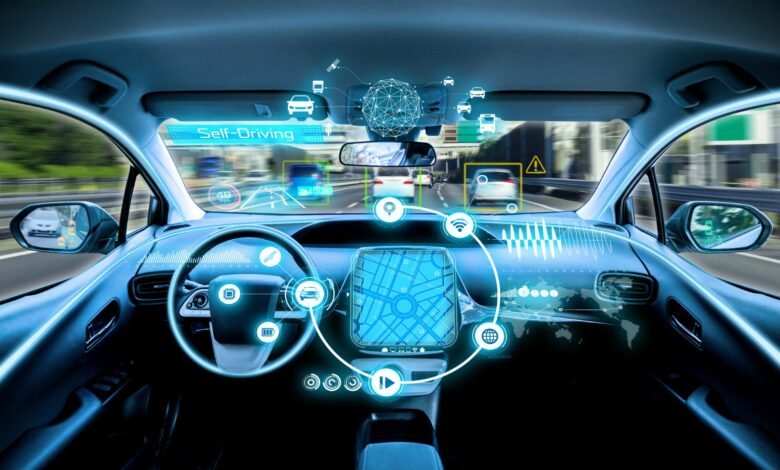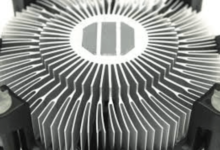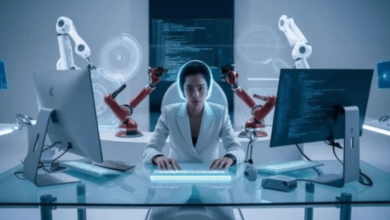5 Innovative Uses of Augmented Reality in the Automotive Industry

The ar in automotive industry is undergoing a transformative shift, with augmented reality leading the charge. AR is not just for gaming—it’s changing the way we experience and interact with cars every day.
From stunning 3D designs in vehicle prototyping to immersive virtual showrooms, AR is unlocking new levels of innovation.
It’s transforming how manufacturers create cars and how consumers experience them. As AR continues to be incorporated into various automotive functions, it brings to life possibilities that were once only imagined in science fiction. Join us as we explore five groundbreaking ways AR is shaping the future of the automotive industry!
AR for Design and Prototyping
- Virtual Showrooms
Virtual showrooms are transforming the car-buying experience by allowing buyers to explore vehicles from the comfort of their homes using augmented reality (AR). AR enables a 360-degree view of cars, with the ability to change colors and features on demand, offering an immersive and highly interactive experience. This technology eliminates the need for in-person visits or test drives, making the process more convenient while enhancing customer engagement.
- Customization Features
AR is revolutionizing vehicle customization by allowing buyers to visualize modifications in real time. Customers can use AR to see different paint colors, wheel designs, and interior materials projected onto their chosen vehicle. This interactive experience empowers buyers to make more informed decisions and customize their vehicles to their exact preferences, creating a more personalized car-buying journey.
- Faster and More Accurate Prototyping
AR is improving the prototyping process in the automotive industry by allowing engineers to overlay digital models onto physical prototypes. This enables real-time visualization of designs, facilitating quicker collaboration and decision-making. AR helps identify design flaws early, speeding up the development process and enhancing the accuracy of prototypes, ultimately reducing time-to-market for new vehicles.
AR for Maintenance and Repairs
- Diagnostic Assistance
Augmented reality (AR) is transforming vehicle diagnostics by providing real-time, context-sensitive information directly from a mechanic’s field of view. Key features include:
- Real-Time Insights: AR overlays diagnostic data, such as engine metrics and sensor readings, on the car’s components, allowing mechanics to identify issues faster.
- Increased Efficiency: The ability to view critical information without leaving the work area enhances decision-making speed and accuracy.
- Error Reduction: By visualizing data in context, AR minimizes the chances of human error during complex repairs, especially with increasingly advanced vehicle systems.
This AR-driven diagnostic assistance allows technicians to perform tasks with greater precision, adapting quickly to evolving automotive technology.
- Step-by-Step Repair Guides
AR is revolutionizing the repair process with interactive, real-time step-by-step guides:
- Visual Instructions: Technicians can view overlay instructions on the vehicle’s components, showing where to apply tools and which parts need attention.
- Real-Time Adjustments: If an issue arises during a repair, the AR system quickly adjusts to offer updated instructions or solutions.
- Error Reduction: The guidance reduces the risk of mistakes, speeding up repairs while ensuring accuracy.
This method transforms traditional repair manuals into hands-on, dynamic guides, improving efficiency and reducing errors.
- Real-Time Feedback and Instructions
AR technology enhances the repair experience with immediate feedback and instructions:
- Instant Data Overlay: When a mechanic works on a car, AR glasses provide instant visual cues about parts that require attention, such as worn components or areas that need replacement.
- Progress-Based Adjustments: The system constantly monitors the technician’s work, offering prompts or corrections if any steps are skipped or errors occur.
- Empowerment for Car Owners: This technology is not limited to professionals; car owners can also benefit by using AR for basic maintenance tasks like oil changes or tire rotations, with guidance directly on their phones.
The combination of real-time feedback and digital instructions enhances the repair process, making it more interactive and efficient for both professionals and car owners.
AR for Training and Education
- Simulation Training for Technicians
Augmented reality (AR) is transforming technician training by offering immersive, risk-free simulations. Trainees can interact with virtual vehicles, practice troubleshooting, and tackle realistic scenarios that mimic real-world challenges.
This hands-on approach enhances skill retention and builds confidence before working on actual cars. Real-time feedback during sessions corrects mistakes instantly, making the learning process more efficient and ensuring technicians are well-prepared for the dynamic automotive industry.
- Interactive User Manuals for Drivers
AR-powered user manuals revolutionize vehicle learning by replacing traditional guides with intuitive, interactive experiences. Drivers can use AR apps to scan car components, instantly accessing step-by-step tutorials and detailed information.
This innovation simplifies understanding of features like navigation or climate control, enhancing user confidence and satisfaction. With AR, exploring and mastering vehicle functionalities becomes seamless and enjoyable, setting a new standard for driver support.
AR for Enhanced Safety Features
- Heads-Up Displays (HUDs)
Heads-up displays (HUDs) transform driving by projecting critical information like speed, navigation, and alerts directly onto the windshield, keeping drivers’ focus on the road. This minimizes distractions and improves safety.
Advanced HUDs now leverage augmented reality (AR) to provide real-time overlays, such as virtual paths through intersections or performance feedback. As the technology evolves, HUDs are set to deliver even more innovative features, blending convenience with enhanced driving experiences.
- Collision Warning Systems
AR-powered collision warning systems significantly enhance automotive safety by alerting drivers to potential hazards in real-time. These systems use cameras and sensors to overlay warnings onto the windshield, ensuring drivers can stay focused on the road.
For instance, approaching an intersection may trigger visual cues about hidden vehicles, boosting situational awareness. This technology boosts driver confidence by predicting and alerting them to potential collisions, encouraging proactive decision-making.
- Blind Spot Detection
Blind Spot Detection systems elevate road safety by using cameras and sensors to monitor areas beyond traditional mirror coverage. When a vehicle enters a blind spot, drivers receive visual or auditory warnings.
With AR integration, these systems take it further by displaying live feeds or alerts directly on the windshield, offering a seamless and immersive experience. This enhanced awareness empowers drivers to make safer maneuvers, reducing stress and promoting secure driving for all road users.
Future of AR in the Automotive Industry
Augmented reality (AR) is set to revolutionize the automotive sector, offering transformative applications that enhance user experiences and operational efficiency as technology progresses.
Drivers could soon interact with vehicles through intuitive AR interfaces, such as real-time navigation overlays on windshields, keeping their focus on the road and boosting safety.
In manufacturing, AR promises to streamline production. Smart glasses may soon assist assembly workers by providing precise, real-time guidance, reducing errors, and accelerating processes.
For customers, AR will redefine engagement. Immersive test drives and virtual customization experiences will allow buyers to visualize options tailored to their preferences.
AR is revolutionizing the automotive industry, enhancing production, sales, and daily driving experiences. With vast potential, its adoption is just beginning to reshape the industry’s future.
Conclusion
The ar in automotive industry transforms vehicle design, sales, maintenance, and driver experiences. AR enhances design and sales with virtual showrooms and customization tools, allowing buyers to visualize their ideal vehicles from anywhere. In maintenance, AR provides real-time diagnostic assistance and step-by-step repair guidance for technicians using smart glasses, improving efficiency and accuracy.
Safety innovations like heads-up displays and collision warning systems boost driver awareness and reduce accidents. Training programs and interactive user manuals further empower both technicians and drivers, bridging the gap between theory and practice.
As AR continues to evolve, its integration into every facet of the automotive industry promises a future of innovation and seamless experiences.






